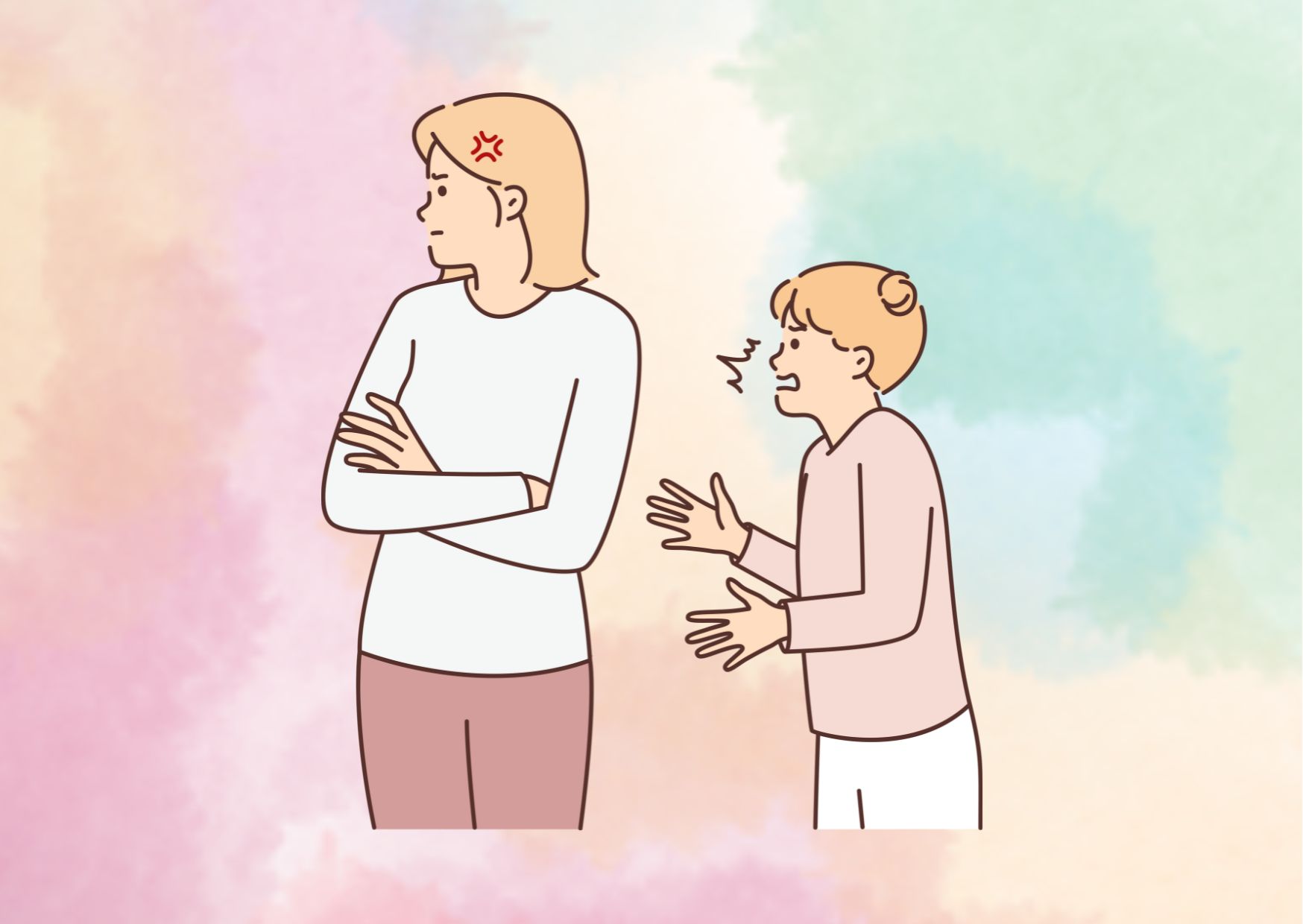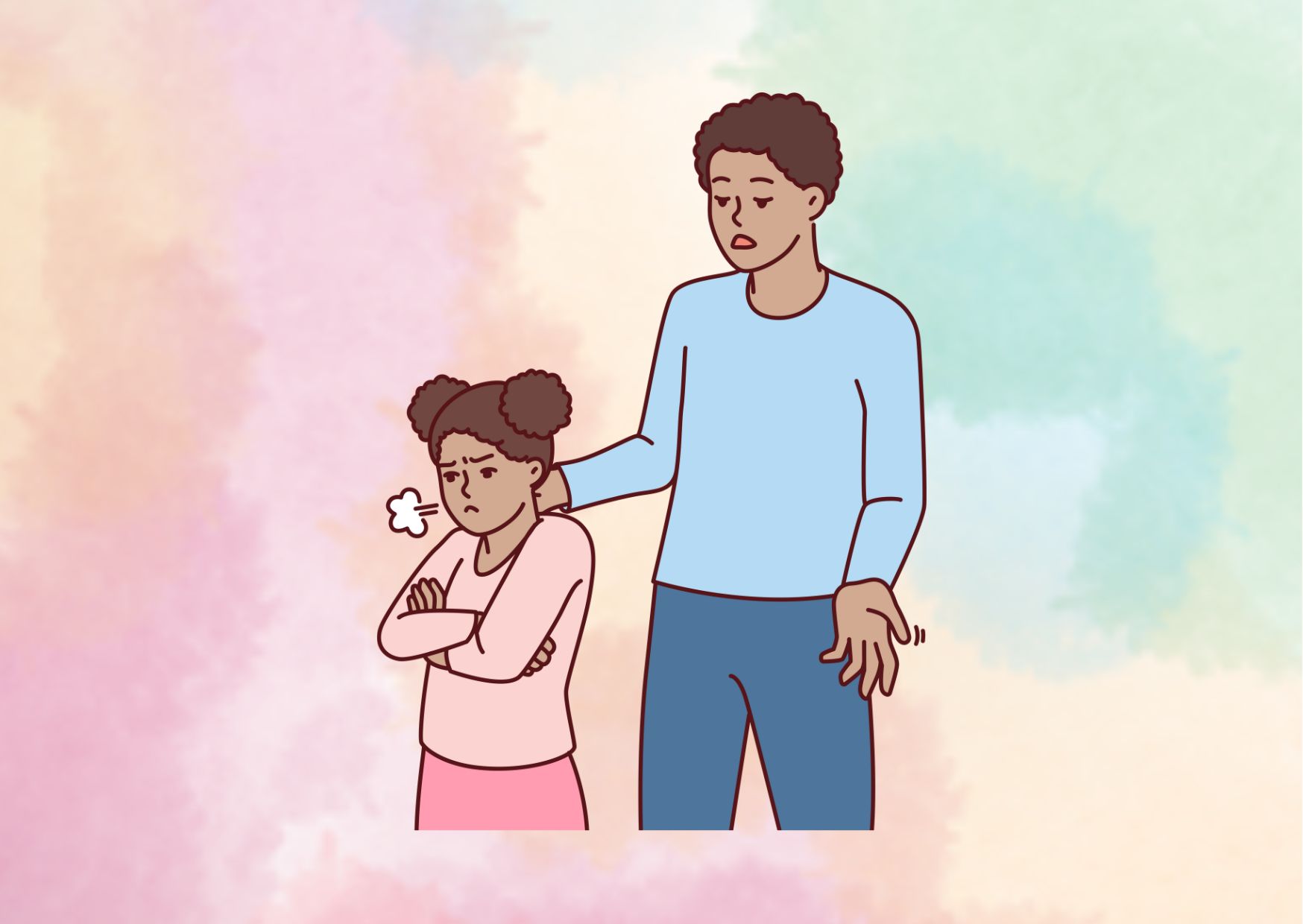10 Signs of Toxic Behavior in Children and How to Correct It
Parents and caregivers face the challenging task of raising emotionally intelligent children. Toxic behavior in children has become a growing concern, affecting their relationships and overall development. Recognizing and addressing these behaviors early on is crucial to fostering healthy emotional growth and building strong foundations for future interactions.
This article explores the complexities of toxic behavior in children, exploring its signs and root causes. It provides effective strategies to address and change such behavior, emphasizing the importance of empathy, respect, and setting boundaries. Additionally, it offers guidance on when to seek professional help and how to protect children from toxic family dynamics, equipping readers with the knowledge to nurture emotionally balanced and resilient young individuals.
Recognizing Signs of Toxic Behavior in Children
Identifying toxic behavior in children is crucial for their healthy development and future well-being. Parents and caregivers need to be aware of the signs that may indicate a child is experiencing toxic stress or exhibiting harmful behaviors. This understanding allows for early intervention and appropriate support.
Common toxic behaviors
Children experiencing toxic stress may display a range of concerning behaviors. These can include:
- Chronic disrespect and defiance towards authority figures
- Manipulative or controlling behavior
- Lack of empathy or consideration for others’ feelings
- Frequent angry outbursts or verbal abuse
- Entitled or self-centered attitude
- Refusal to take responsibility for actions
- Purposefully creating conflict within the family
- Demanding excessive attention
- Blaming others and making excuses
- Unwillingness to compromise or engage in problem-solving
It’s important to note that these behaviors often persist beyond occasional outbursts and can significantly impact the child’s relationships and overall functioning.
Underlying causes
Toxic behavior in children often stems from prolonged exposure to stressful or traumatic experiences. Some potential causes include:
- Abuse (physical, sexual, or emotional)
- Neglect (physical or emotional)
- Household dysfunction (e.g., parental mental illness, domestic violence, parental incarceration)
- Exposure to divisive or inflammatory content online
- Increased social and academic pressures
- Challenges in developing healthy coping mechanisms
- Wider societal trends towards polarization and lack of empathy
These factors can lead to toxic stress, which has a profound impact on a child’s developing brain and body.
Impact on child development
Toxic stress has far-reaching consequences on a child’s development:
- Neurological changes: The fear centers of the brain (limbic system, amygdala) may increase in size, while regions responsible for learning, memory, and executive functioning (prefrontal cortex, hippocampus) can be impaired.
- Behavioral issues: Children may develop symptoms similar to post-traumatic stress disorder (PTSD), leading to learning and behavior problems.
- Physical health: Toxic stress can suppress the immune system, putting children at risk for chronic health conditions such as asthma, heart disease, and autoimmune disorders.
- Genetic impact: Prolonged toxic stress can alter gene expression, potentially affecting bodily functions and even being passed on to future generations.
- Developmental regression: Some children may regress in their development, losing previously acquired skills or reverting to earlier behaviors.
- Academic performance: Sudden drops in grades or difficulty concentrating may indicate underlying emotional turmoil.
- Social isolation: Children may withdraw from social activities or show discomfort in social situations.
Recognizing these signs early on is essential for providing appropriate support and intervention. By understanding the common behaviors, underlying causes, and impacts of toxic stress, parents and caregivers can take steps to address these issues and foster a healthier environment for children’s growth and development.
Understanding the Root Causes
To address toxic behavior in children effectively, it’s crucial to understand the underlying factors that contribute to its development. These root causes can be categorized into environmental, psychological, and biological factors, each playing a significant role in shaping a child’s behavior and emotional responses.
Environmental Factors
The environment in which a child grows has a profound impact on their development and behavior. Several key environmental factors can contribute to toxic behavior:
- Chronic poverty: Children from low-income families often have limited access to enriching experiences and learning resources, which can hinder their cognitive and emotional development.
- Maltreatment or neglect: Exposure to abuse or neglect can alter brain structures critical to self-control and emotion regulation.
- Community violence: Witnessing or experiencing violence in the community can lead to toxic stress and behavioral issues.
- Overcrowding: Living in cramped conditions (more than one person per room) can lower the quality of caregiving environments and negatively affect a child’s physical and psychological well-being.
- Parental education: The educational achievements of parents significantly influence the environment they create for their children, affecting cognitive and behavioral outcomes.
- Postnatal depression: Mothers experiencing postnatal depression may struggle to provide positive experiences that promote healthy brain development, potentially leading to disengagement and self-control issues in children.
Psychological Factors
Psychological influences play a crucial role in the development of toxic behavior:

